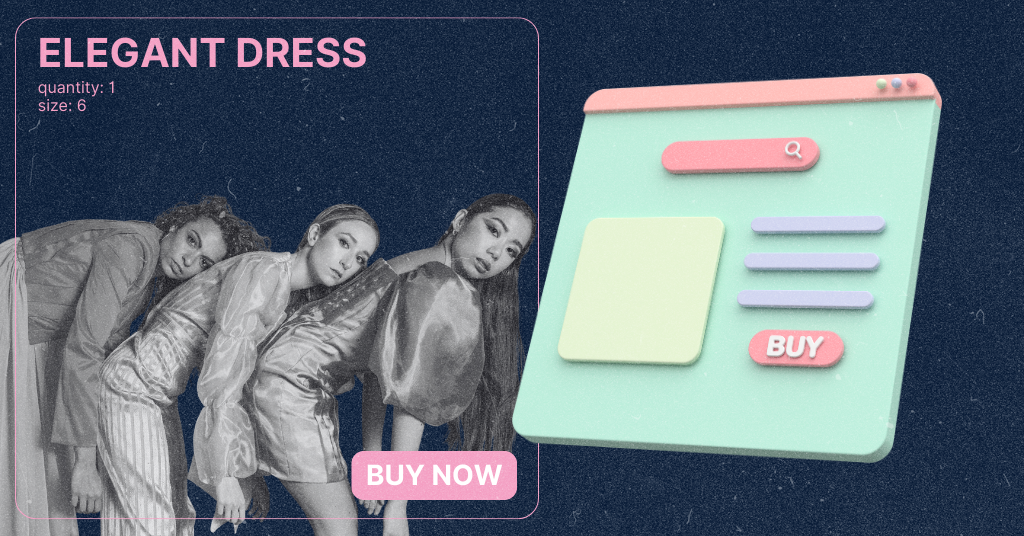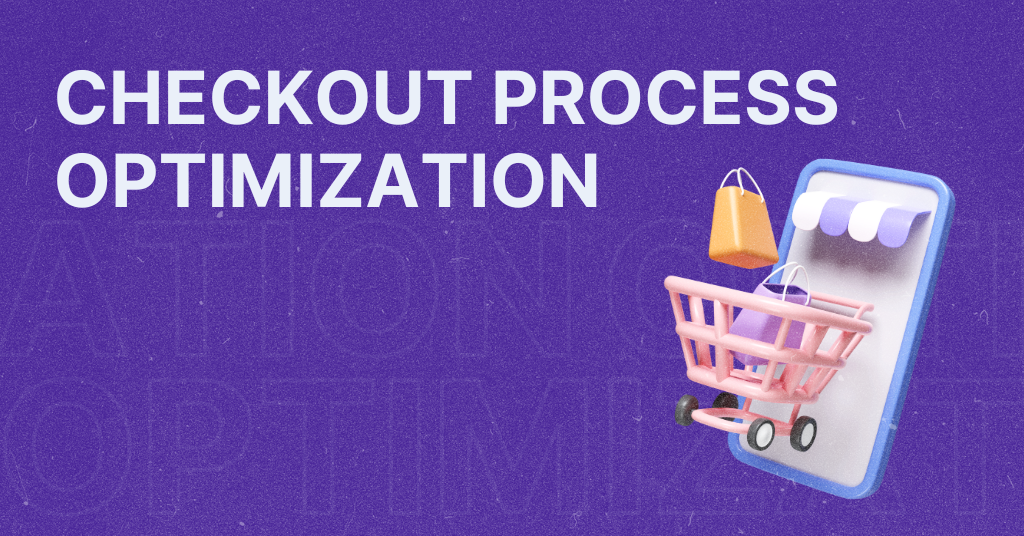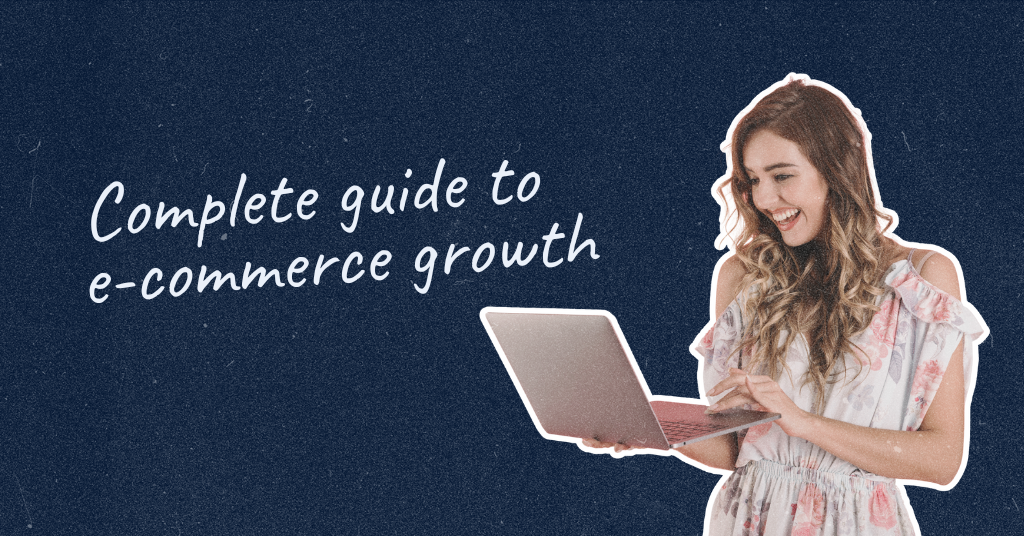
Optimizing product pages for impulse buying in e-commerce
Impulse buying in e-commerce drives spontaneous sales and boost revenue. It taps into consumers’ emotions, desires, and instant gratification. The convenience of online shopping and persuasive marketing techniques create an environment suitable for impulsive purchases.
Key factors influencing impulse buying include:
- attractive product displays,
- limited-time offers,
- social influence,
- personalized product suggestions,
- and seamless checkout processes.
Let’s see how you can optimizing product pages can increase the number of impulse purchases in e-commerce.
What’s going on with impulse purchases?
The psychology behind impulse buying reveals intriguing insights into consumer behavior. Triggers and emotional appeals are key factors that drive impulsive purchases. Triggers can include visual cues. Visual cues may be eye-catching advertisements or product displays. There are also situational factors, like boredom or stress.
Emotional appeals, on the other hand, tap into consumers’ desires, aspirations, and fears. Marketing may evoke emotions like excitement, happiness, or fear of missing out (FOMO) to create a sense of urgency.
E-commerce product page optimization
Product pages serve as the virtual storefront where consumers make purchasing decisions. The design and content of these pages greatly impact whether a visitor becomes a customer. A highly converting product page consists of several key elements.
Product descriptions
Compelling product descriptions are essential in capturing the attention of potential buyers. Product descriptions should highlight unique features, benefits, and solutions to consumer needs.
Focus on creating concise yet persuasive descriptions. They should highlight the unique benefits and features of your products. Incorporate sensory language and storytelling techniques to evoke emotions. Tap into the imagination of your audience.
Product images
High-quality visuals give a detailed view of the product.
High-quality product images and videos showcase your offerings in their best light. Multiple angles, zoom features, and lifestyle imagery can help customers visualize your products.
Product videos can enhance the visual appeal and help customers make informed decisions. Consider incorporating user-generated content to foster a sense of authenticity and social proof.
Social proof
Social proof elements establish trust and credibility. They may be in the form of customer reviews, ratings, and testimonials. Positive feedback creates trust and validates the purchasing decision for potential buyers. Encourage satisfied customers to leave reviews and engage with your brand. Their experiences can be instrumental in triggering impulse purchases.
Call-to-action
Effective calls-to-action (CTAs) are essential for guiding customers toward purchasing. Clear and persuasive CTAs that prompt immediate action, such as “Buy Now” or “Add to Cart,” encourage impulse buying.
Make your CTAs impossible to resist by using action-oriented language and attention-grabbing design. Limited-time offers or countdown timers may give a sense of immediacy. The position of the CTAs ensures that they stand out and guide customers toward making clicks.
Pricing
Be transparent about pricing. No customer would like to find out about hidden costs in the near end. Include all shipping fees and other costs that may be additional. Displaying savings or exclusive deals on the page can trigger impulsive buying behavior. Customers will see that as a good deal if they buy immediately.
The fast and seamless checkout process is a must
Streamline the purchase journey! Implementing one-click buying options encourages impulse buying in e-commerce.
By simplifying the steps required to purchase, you can reduce friction and make the process more efficient. Streamlining involves:
- optimizing the website’s navigation,
- intuitive product categorization,
- and a smooth checkout process.
Think about one-click purchasing options. Customers can store their payment and shipping information for future purchases. The stored information may reduce the time and effort required to complete a transaction. This experience empowers customers to make buying decisions with just one click.
Mobile-friendly e-commerce experience
Mobile optimization is essential – even the birds know it! With the widespread use of mobile phones, websites need to be user-friendly on mobile devices.
Responsive design enables websites to fit different screen sizes. Mobile-friendly product pages are designed to accommodate the unique needs of mobile users.
Why are responsive design and mobile-friendly product pages important? The answer is that most online traffic now comes from mobile devices. A website or product page not optimized for mobile can lead to frustrating user experiences. Things that annoy customers are slow-loading pages, difficult navigation, and distorted layouts. These issues can result in visitors abandoning the site or their shopping carts. It’s a missed opportunity for you and a potential revenue loss.

Test – 1,2,3!
A/B testing is a valuable technique where two or more versions of a product page are compared to determine which performs better. Test different elements like layout, visuals, copy, or call-to-action buttons. That way, you’ll gather insights into what resonates best with the target audience.
It’s important to know how customers interact with product pages. Analyze user behavior, click-through rates, bounce rates, and conversion rates. The data will help identify pain points, improvement areas, and optimization opportunities.
Is impulse purchasing good for an e-commerce business?
Impulse purchasing can have both positive and negative implications for an e-commerce brand. On the positive side, impulse purchases can increase sales and boost conversion rates. They offer opportunities for upselling and cross-selling, leading to higher average order values. Impulse buying improves customer satisfaction and generates positive word-of-mouth.
However, there are potential drawbacks as well. Customers may make impulsive purchases that they later regret. This may lead to potential returns or negative reviews. Relying only on impulse buying strategies may bury the most important one: building long-term customer relationships.
Conclusion – optimizing product pages is a must!
To tap into the impulsive nature of buyers, you must first understand their mindset. Study the psychology behind impulse buying. Think about the fear of missing out and emotional triggers. Optimized product pages will increase the likelihood of spontaneous purchases.
So, don’t forget to optimize product pages as best as possible. Keep in mind the elements of a well-optimized product page:
- clear product descriptions,
- high-quality product images,
- interesting call-to-actions,
- and a seamless checkout process is the recipe for success.
Impulse purchases can bring short-term benefits. E-commerce brands should strike a balance by focusing on a holistic approach. Build trust, give value, and foster customer loyalty!
Let’s book a 30-min mobile strategy session and give your shop a boost.
Let’s book a 30-min mobile strategy session and give your shop a boost.


